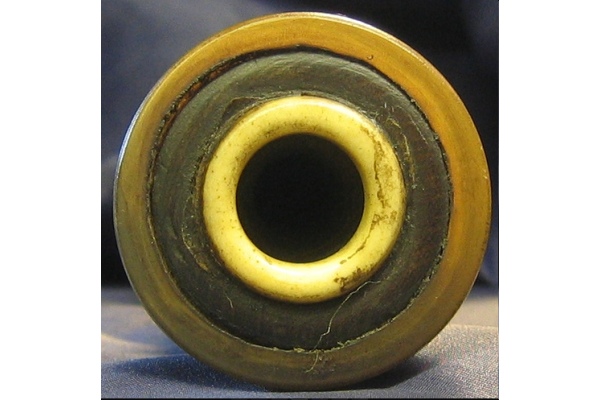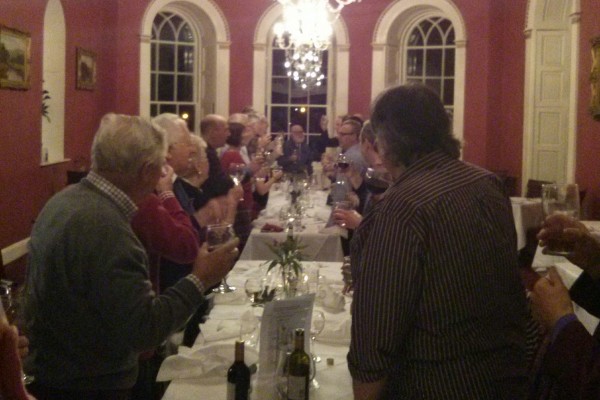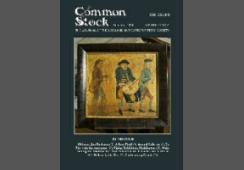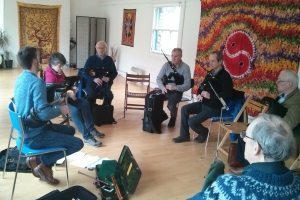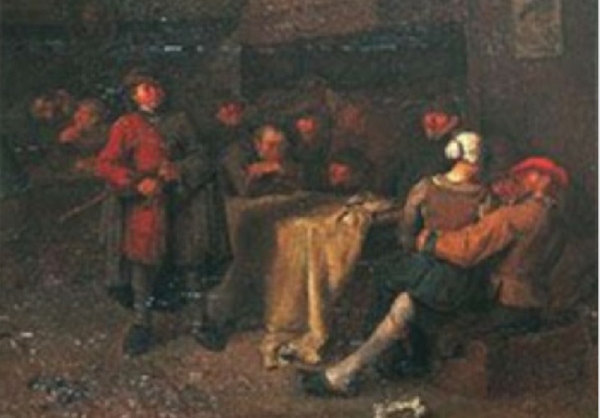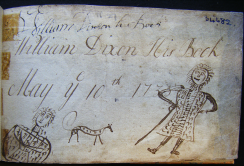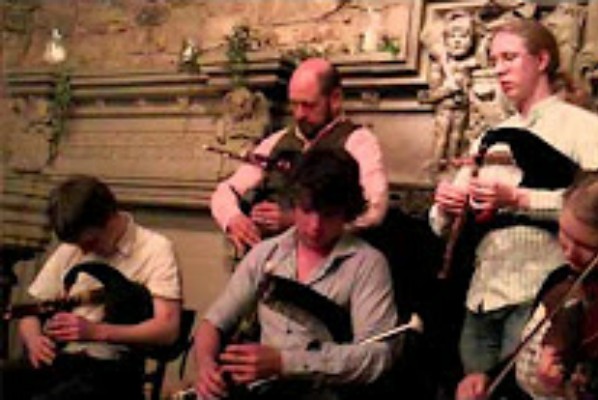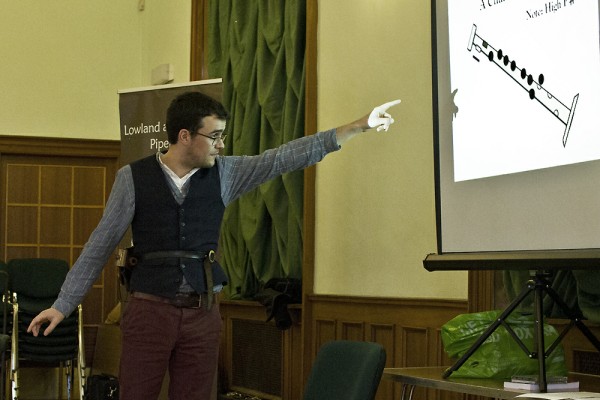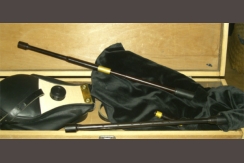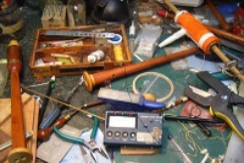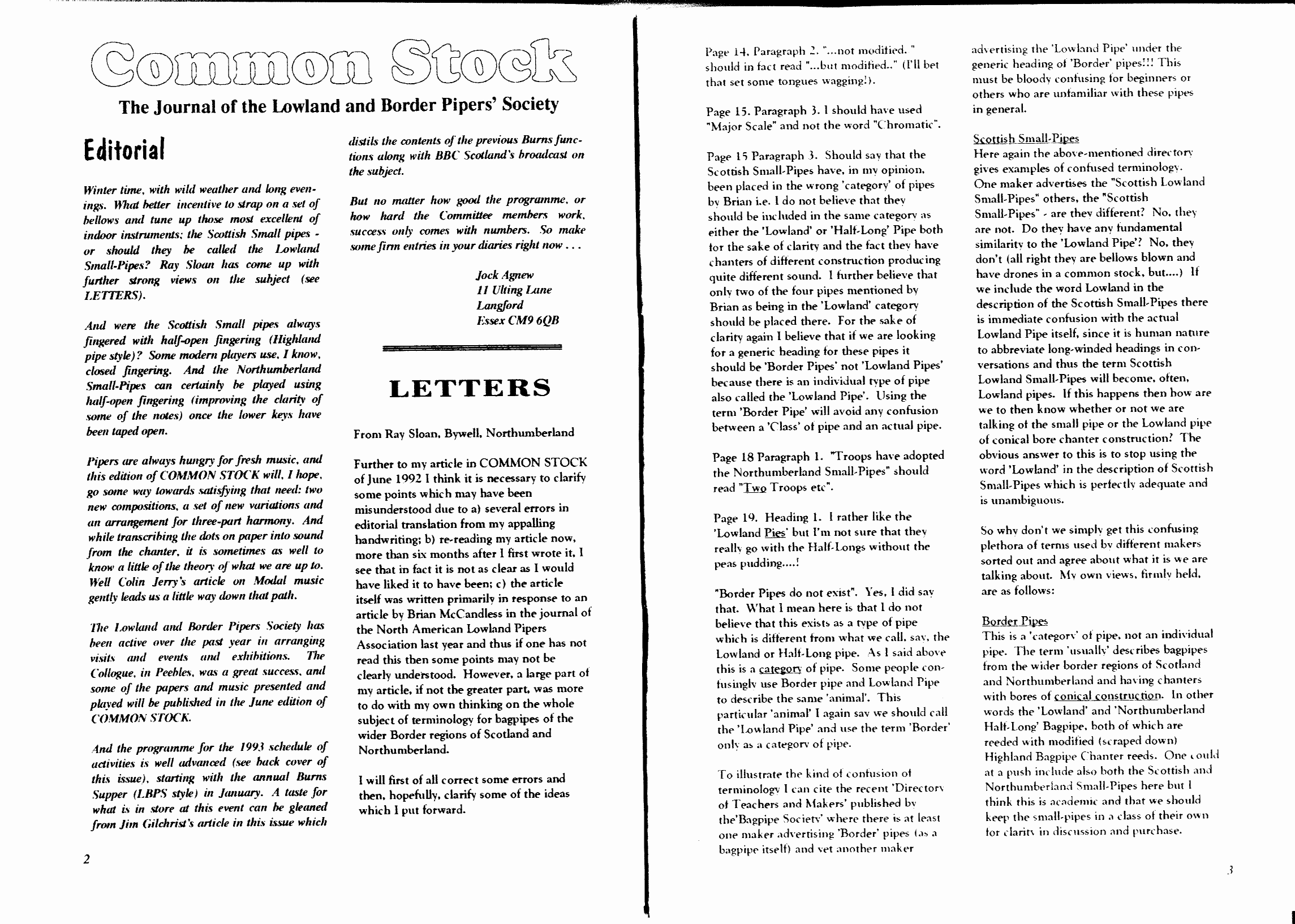
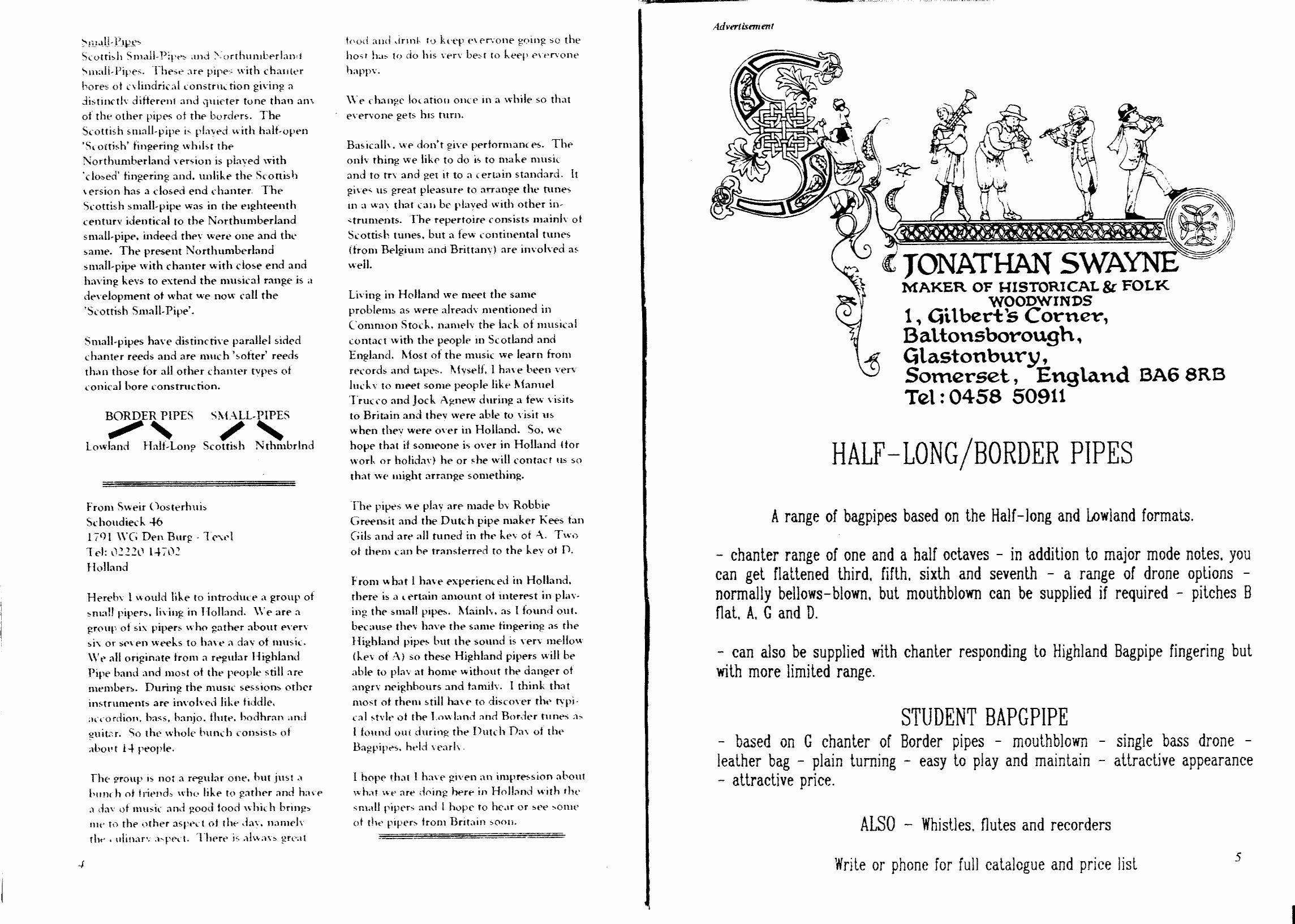
From Ray Sloan, Bywell, Northumberland
Further to my article in COMMON STOCK of June 1992 I think it is necessary to clarify some points which may have been misunderstood due to a) several errors in editorial translation from my appalling handwriting; b) re-reading my article now, more than six months after I first wrote it, I see that in fact it is not as clear as I would have liked it to have been; c) the article itself was written primarily in response to an article by Brian McCandless in the journal of the North American Lowland Pipers Association last year and thus if one has not read this then some points may not be clearly understood.
However, a large part of my article, if not the greater part, was more to do with my own thinking on the whole subject of terminology for bagpipes of the wider Border regions of Scotland and Northumberland. I will first of all correct some errors and then, hopefully, clarify some of the ideas which I put forward.
Page 14, Paragraph 2. “...not modified..” should in fact read “...but modified..” (I’ll bet that set some tongues wagging’).
Page 15. Paragraph 3. 1 should have used "Major Scale" and not the word “Chromatic”.
Page 15 Paragraph 3. Should say that the Scottish Small-Pipes have, in my opinion, been placed in the wrong ‘category’ of pipes by Brian i.e. I do not believe that they should be included in the same category as either the 'Lowland’ or 'Halt-Long’ Pipe both for the sake of clarity and the fact they have chanters of different construction producing quite different sound. I further believe that only two of the four pipes mentioned by Brian as being in the ‘Lowland’ category should be placed there.
For the sake of clarity again I believe that if we are looking for a generic heading for these pipes it should be ‘Border Pipes’ not ‘Lowland Pipes’ because there is an individual type of pipe also called the Lowland Pipe’. Using the term ‘Border Pipe’ will avoid any confusion between a ‘Class’ of pipe and an actual pipe.
Page 18 Paragraph 1. "Troops have adopted the Northumberland Small-Pipes” should read “Two Troops etc”.
Page 19, Heading 1. I rather like the ‘Lowland Pies’ but I'm not sure that they really go with the Half-Longs without the peas pudding...
"Border Pipes do not exist". Yes, I did say that. What I mean here is that I do not believe that this exists as a type of pipe which is different from what we call, say, the Lowland or Half-Long pipe. As I said above this is a category of pipe.
Some people confusingly use Border pipe and Lowland Pipe to describe the same ‘animal’. This particular ‘animal’ I again say we should call the ‘Lowland Pipe’ and use the term ‘Border’ only as a category of pipe.
To illustrate the kind of confusion of terminology I can cite the recent ‘Directory of Teachers and Makers’ published by the 'Bagpipe Society’ where there is at least one maker advertising ‘Border’ pipes (as a bagpipe itself) and yet another maker advertising the ‘Lowland Pipe’ under the generic heading of ‘Border’ pipes!!! This must be bloody confusing for beginners or others who are unfamiliar with these pipes in general.
Scottish Small-Pipes
Here again the above-mentioned directory gives examples of confused terminology. One maker advertises the “Scottish Lowland Small-Pipes” others, the "Scottish Small-Pipes" - are they different? No, they are not. Do they have any fundamental similarity to the ‘Lowland Pipe’? No, they don’t, (all right, they are bellows blown and have drones in a common stock, but...).
If we include the word Lowland in the description of the Scottish Small-Pipes there is immediate confusion with the actual Lowland Pipe itself, since it is human nature to abbreviate long-winded headings in conversations and thus the term Scottish Lowland Small-Pipes will become, often, Lowland pipes.
If this happens then how are we to then know whether or not we are talking of the small pipe or the Lowland pipe of conical bore chanter construction? The obvious answer to this is to stop using the word ’Lowland’ in the description of Scottish Small-Pipes which is perfectly adequate and is unambiguous.
So why don't we simply get this confusing plethora of terms used by different makers sorted out and agree about what it is we are talking about. My own views, firmly held. are as follows:
Border Pipes
This is a category’ of pipe, not an individual pipe. The term ‘usually’ describes bagpipes from the wider border regions of Scotland and Northumberland and having chanters with bores of conical construction, in other words the ‘Lowland’ and ‘Northumberland Half-Long’ Bagpipe, both of which are reeded with modified (scraped down) Highland Bagpipe Chanter reeds.
One could at a push include also both the Scottish and Northumberland Small-Pipes here but I think this is academic and that we should keep the small-pipes in a class of their own for clarity in discussion and purchase.
Small - Pipes
Scottish Small-Pipes and Northumbrian Small-Pipes. These are pipes with chanter bores of cylindrical construction giving a distinctly different and quieter tone than any of the other pipes of the borders.
The Scottish small-pipe is played with halfopen ‘Scottish’ fingering whilst the Northumberland version is played with ‘closed’ fingering and, unlike the Scottish version has a closed end chanter.
The Scottish small-pipe was in the eighteenth century identical to the Northumberland small-pipe, indeed they were one and the same. The present Northumberland smallpipe with chanter with closed end and having keys to extend the musical range is a development of what we now call the ‘Scottish Small- Pipe’.
Small-pipes have distinctive parallel sided chanter reeds and are much ‘softer’ reeds than those for all other chanter types of conical bare construction.

____________________________________
From Sweir Oosterbuis, Schoudiech 46
1791 WG Den Burg - Texel Tel: 02220 14702 Holland
Hereby I would like to introduce a group of small pipers, living in Holland. We are a group of six pipers who gather about every six or seven weeks to have a day of music.
We all originate from a regular Highland Pipe band and most of the people still are members. During the music sessions other instruments are involved like fiddle, accordion, bass, banjo. flute, bodhran and guitar. So the whole bunch consists of about 14 people.
The group is not a regular one, but just a bunch of friends who like to gather and have a day of music and good food which brings me to the other aspect of the day, namely the culinary aspect. There is always great food and drink to keep everyone going so the host has to do his every best to keep everyone happy.
We change location once in a while so that everyone gets his turn. Basically. we don’t give performances. The only thing we like to do is to make music and to try and get it to a certain standard. It gives us great pleasure to arrange the tunes in a way that can be played with other instruments.
The repertoire consists mainly of Scottish tunes, but a few continental tunes (from Belgium and Brittany) are involved as well.
Living in Holland we meet the same problems as were already mentioned in Common Stock, namely the lack of musical contact with the people in Scotland and England. Most of the music we learn from records and tapes. Myself, I have been very lucky to meet some people like Manuel Truceo and Jock Agnew during a few visits to Britain and they were able to visit us when they were over in Holland.
So, we hope that if someone is over in Holland (for work or holiday) he or she will contact us so that we might arrange something.
The pipes we play are made by Robbie Greensit and the Dutch pipe maker Kees fan Gils and are all tuned in the key of A. Two of them can be transferred to the hey of D.
From what I have experienced in Holland, there is a certain amount of interest in playing the small pipes. Mainly, as I found out, because they have the same fingering as the Highland pipes but the sound is very mellow (key of A) so these Highland pipers will be able to play at home without the danger of angry neighbours and family.
I think that most of them still have to discover the typical style of the Lowland and
Border tunes as I found out during the Dutch Day of the Bagpipes, held yearly.
I hope that I have given an impression about what we are doing here in Holland with the small pipers and I hope to hear or see some of the pipers from Britain soon.
